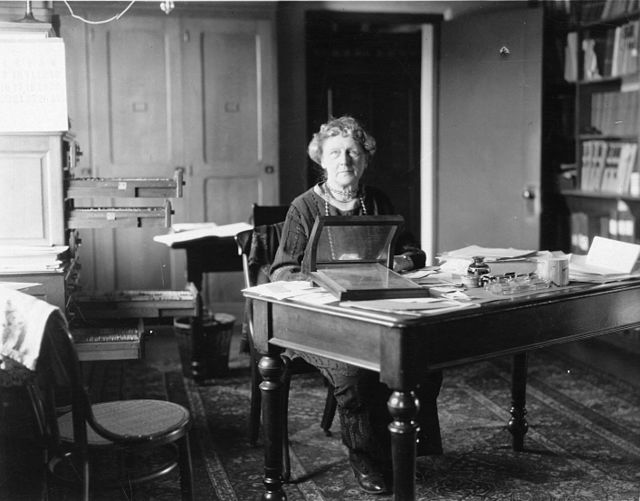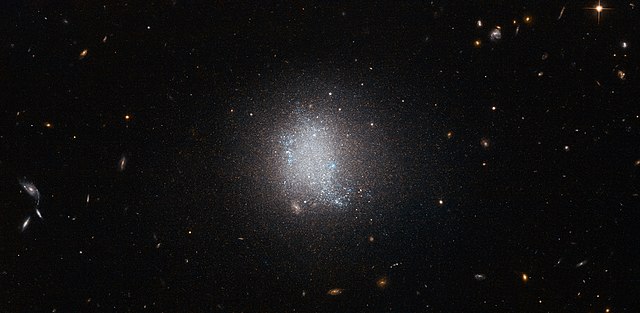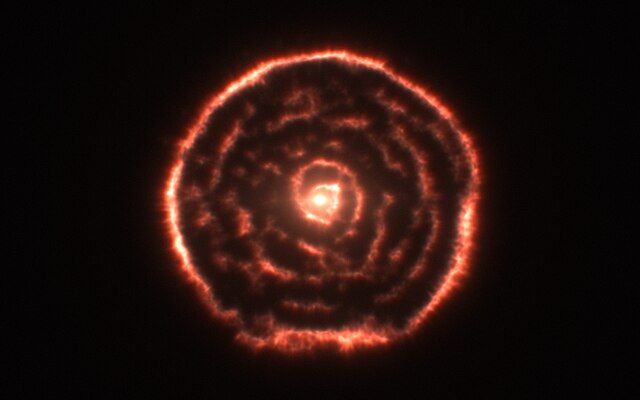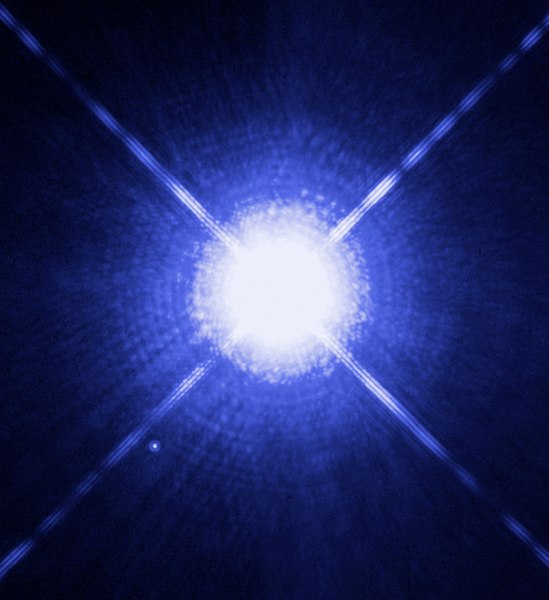Annie Jump Cannon was an American astronomer whose cataloging work was instrumental in the development of contemporary stellar classification. With Edward C. Pickering, she is credited with the creation of the Harvard Classification Scheme, which was the first serious attempt to organize and classify stars based on their temperatures and spectral types. She was nearly deaf throughout her career after 1893, as a result of scarlet fever. She was a suffragist and a member of the National Women's Party.
Cannon in 1922
Cannon with Henrietta Swan Leavitt, 1913
Annie Jump Cannon at her desk at the Harvard College Observatory
Historical marker noting the building (right) where Cannon first observed stars at Wesley College
In astronomy, stellar classification is the classification of stars based on their spectral characteristics. Electromagnetic radiation from the star is analyzed by splitting it with a prism or diffraction grating into a spectrum exhibiting the rainbow of colors interspersed with spectral lines. Each line indicates a particular chemical element or molecule, with the line strength indicating the abundance of that element. The strengths of the different spectral lines vary mainly due to the temperature of the photosphere, although in some cases there are true abundance differences. The spectral class of a star is a short code primarily summarizing the ionization state, giving an objective measure of the photosphere's temperature.
UGC 5797, an emission-line galaxy where massive bright blue stars are formed
Artist's impression of a Y-dwarf
Image of the carbon star R Sculptoris and its striking spiral structure
Sirius A and B (a white dwarf of type DA2) resolved by Hubble








